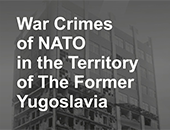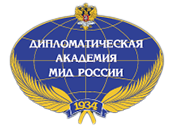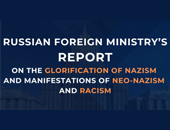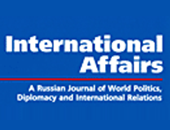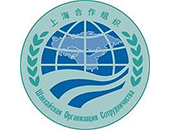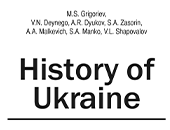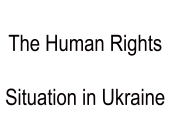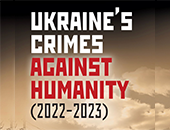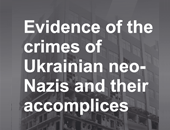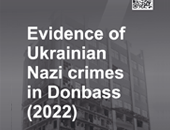Against the backdrop of exhausting discussions on the so-called “protracted” conflicts in the post-Soviet space, successful experience of crisis resolution in this region remains in the shadows. What I am referring to is the conflict in Tajikistan, the lessons of which could be used to a certain extent when settling the crises in the Middle East, for example in Syria or, perhaps, in Afghanistan.
As is well known, the ceremonial signing of the General Agreement on Establishing Peace and National Unity 15 years ago, on 27 June 1997, at the Moscow Kremlin was preceded by a bloody inter-Tajik conflict, a great tragedy for all the people of Tajikistan. It took the lives of nearly 60 thousand people; hundreds of thousands became refugees or were displaced. I would also like to commemorate Russian soldiers and border guards who sacrificed their lives for the sake of peace and stability on Tajik soil. The country’s economy with its efforts to embark on a new independent economic and social development suffered a serious blow. The survival of Tajikistan as a sovereign state based on the rule of law was in question, and so was the very existence of the Tajik nation.
In this regard the Moscow Agreement did not only put an end to this tragic period in the history of Tajikistan, but also proved to the international community once again that only political dialogue can be the main and undoubted prerequisite for transition from war to peace.
There are many well-known reasons explaining the success of the peace process in Tajikistan. Among them I could note the fact that the search for a political resolution of the conflict enjoyed firm support of the international community, including such countries as Russia, Kyrgizstan, Uzbekistan, Afghanistan, Pakistan and Iran.
During the conflict and after its settlement Russia was always close to the fraternal Tajik nation, providing manifold assistance. By decision of the leaders of CIS Member States, Collective Peacekeeping Forces were established with Russian military units as their backbone, as well as troops from Kazakhstan, Kyrgizstan and Uzbekistan. The Forces provided assistance to Tajikistan in protecting the Tajik-Afghan border, escorting humanitarian aid for refugees and displaced persons – in a nutshell, they largely contributed to the post-conflict rehabilitation of the country. There is no doubt that experience of the inter-Tajik conflict resolution was of great significance for preventing conflicts both within the Central Asian region and beyond.
Today Russia and Tajikistan remain reliable partners. We are engaged in an active political, trade and economic, humanitarian and military-technical cooperation as well as collaboration within international and regional organisations. This cooperation is based on principles of equality, mutual respect and mutual benefit. The Russian military continue providing assistance to the people of Tajikistan. In particular, in spring 2010 they came to the rescue of the residents of Kulyab affected by a landslide and transported humanitarian aid to the population of the Khatlon Province hit by natural disasters.
The results of our cooperation are quite visible. Take the construction of the Sangtuda Hydroelectric Power Plant generating a significant part of the electricity produced in the region, or exploration by “Gazprom” of oil and gas deposits in Tajikistan. There are good examples of industrial cooperation as well, in particular the joint ZIL vehicle assembly plant opened recently in Khujand and construction of a joint trolleybus assembly plant launched last August in Dushanbe.
A specific feature of the current stage of our bilateral relations is that they are developing against the background of new geopolitical realities in the regions of South Asia, North Africa and the Middle East. I mean first of all the unstable situation in Afghanistan and the planned withdrawal of the forces of the international antiterrorist coalition, as well as the situation in Syria. In this context the role of our bilateral military and security cooperation and further strengthening of economic and humanitarian ties is ever increasing.
The positive changes in Tajikistan over the last years show that the settlement of the inter-Tajik conflict has become possible thanks to political will of leaders of the opposing parties, mediation efforts of the UN, OSCE and kind assistance of neighbouring countries. These factors which determined the settlement of the political crisis in Tajikistan are very likely to be referred to by politicians and historians long after as a glaring example of positive peace building.






